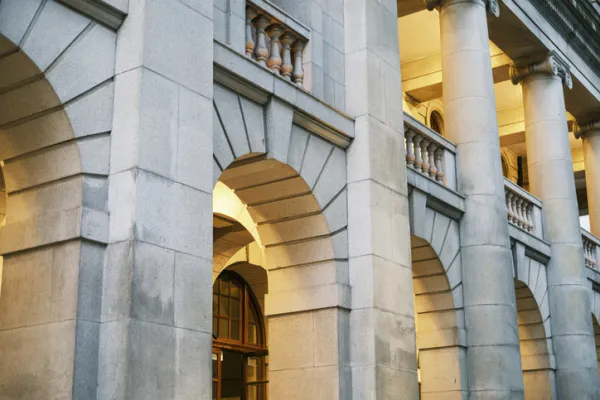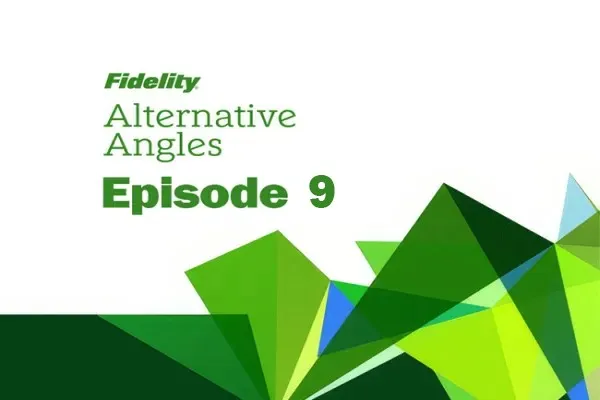In recent years, the returns of many top private equity leveraged buyout funds have barely beaten the stock market as some funds can’t sell huge chunks of their portfolio, according to a new academic analysis.
For funds between seven and nine years old, “half of the stated asset value consists of unsold deals that are ‘marked to market’ by the private equity managers,” according to a study by Jeffrey Hooke, a senior finance lecturer at Johns Hopkins Carey Business School who focuses on the alternative asset class.
“The top LBO funds invest money quickly, but the liquidation of portfolio companies is a long process, requiring more than 12 years from the vintage year,” he said.
Apollo, Blackstone, and Carlyle all have such older funds, according to Hooke’s report, which is based on 2022 and 2023 Preqin data — the latest available — as well as data from public pension funds. It covers 59 funds with collective commitments of nearly $500 billion.
On average, Hooke found that the PE fund families’ LBO funds with $10 billion in commitments or more had barely outperformed the S&P 500, with a PME (public market equivalent) of 1.05, according to a May draft report that Institutional Investor has obtained.
As Hooke explained, the PME measures the return from deploying a private equity fund’s cash flows into a stock market index and is seen as a more accurate representation than the IRR (internal rate of return) method typically used by private equity funds. A 105 PME suggests that the fund’s return over time produced an amount of cash (plus unsold investment value) at the end of the measurement period of 5 percent over an equivalent stock market return. The study used the S&P 500 as the market proxy.
Hooke noted that the higher leverage of a private equity LBO fund’s underlying investments, the higher bankruptcy risk of these portfolio companies, as well as the funds’ opacity and illiquidity should require much higher returns than that of the stock market.
What’s particularly striking in Hooke’s analysis is how long it is taking private equity funds to sell off their portfolio companies, which is making them even less competitive with, say, an S&P 500 index fund.
For example, the six-year-old $24.7 billion Apollo IX, whose vintage year is 2018, still had not sold 72 percent of the asset value of the fund, as of June 2023. The fund did only slightly better than the S&P 500, with a PME of 1.17.
A few funds have been performing even worse than the S&P 500.
That was the case for another Apollo fund, the $18.4 billion Apollo VIII launched in 2014. It underperformed the S&P 500 with a .80 PME as of June of last year, and some 19 percent of the marked to market value of the ten-year-old fund still had not been sold at that time.
Meanwhile, the 2016 Blackstone VII fund that launched with $18 billion was still holding 59 percent of its value in unsold assets, and its PME was only 1.03 by June of 2023. And the $15 billion Blackstone VI fund, whose vintage year was 2011, fell below the S&P 500, with a 0.97 PME. The 13-year-old fund was still holding onto 15 percent of its assets as of June 2023.
In a statement, Blackstone disagreed with the analysis. “Both of the vehicles cited significantly outperformed the Russell 2000 on a PME-basis by several hundred basis points — and the size and profile of the companies in the Russell 2000 are most directly comparable to a typical private equity investment. These vehicles have also returned significant capital to investors, including nearly the entire original investment in one case, and more than 1.5 times in the other.”
One of the slowest to unload its portfolios among the top tier is Carlyle, whose six-year-old $18.5 billion Carlyle VII fund still had 91 percent of its assets unsold as of last June. At that time, it had a 1.00 PME.
Despite these lackluster results, Hooke found that “limited partners invest in new funds with little regard for the track record of prior funds.”
“A lot of these 10-year-old funds still got 30, 40, 50 percent of the stuff just sitting up there on a shelf waiting to be sold. And apparently the LPs don't care. They still buy new funds, even though the old ones haven't been sold down in any major way,” he told II.
For example, Blackstone had one of the lowest average PME scores, of 1.01, but nonetheless has been successful in raising new funds, Hooke said.
Apollo declined to comment, and Carlyle did not return a request for comment.







